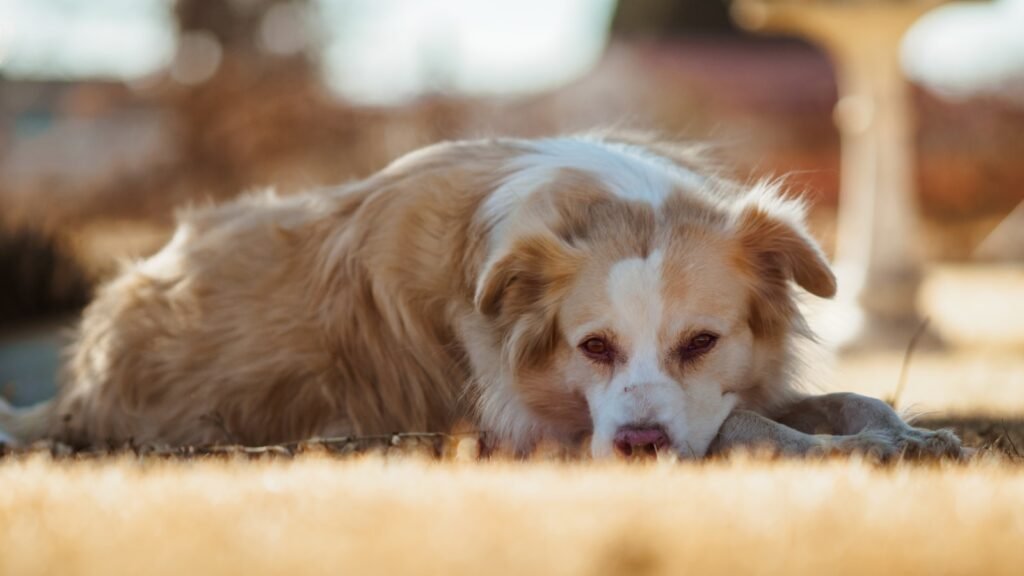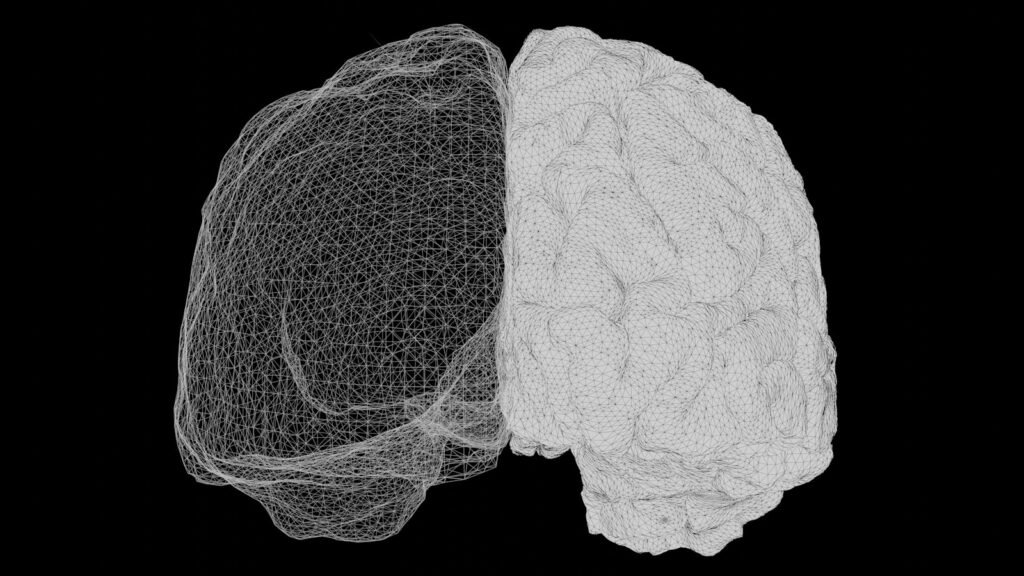Heat used to mean longer walks and sunlit naps; now it feels like a season we have to outsmart. As summers grow longer and harsher in many places, veterinarians are reporting more heat stress cases in dogs that once seemed invincible on a midday stroll. The mystery isn’t whether dogs overheat – it’s which dogs do, how fast it happens, and what owners can actually do to prevent it. The stakes are immediate: a few minutes of overexertion or a humid afternoon can tilt a healthy pup into a medical emergency. And the old rules of “plenty of water and shade” are quietly breaking down under modern heat.
The Hidden Clues
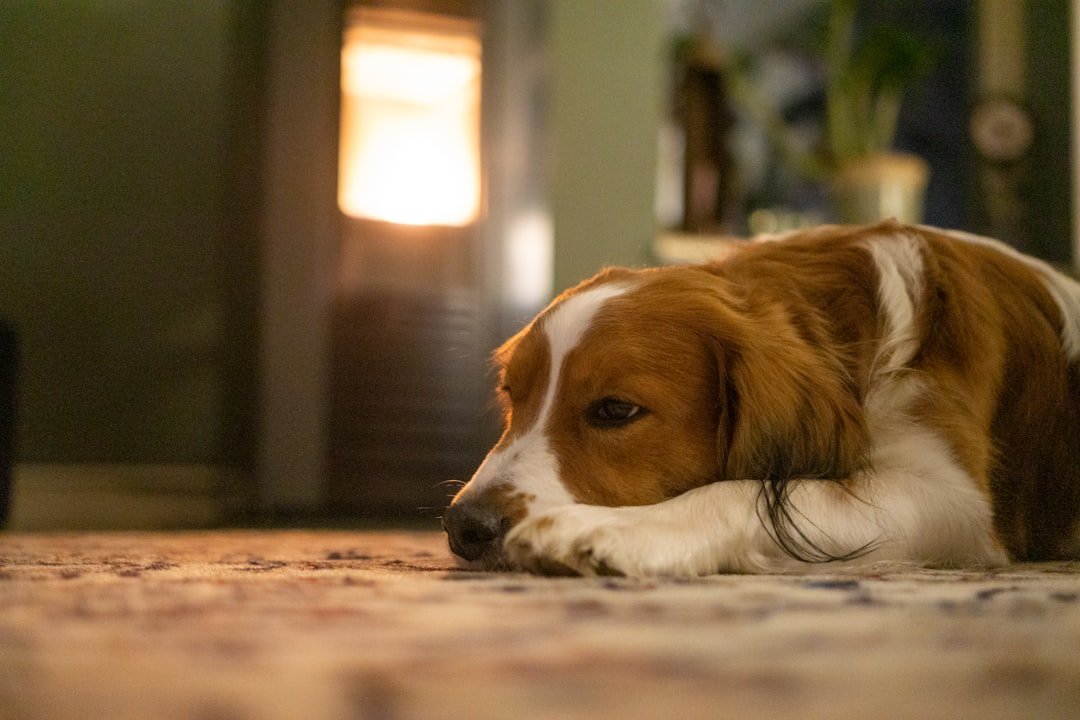
I once watched a neighbor’s sturdy bulldog melt from perky to panicked in less than ten minutes on a humid July day, panting as if the air itself had thickened. That dramatic shift is the real story of heat risk: it’s rarely a slow fade, and the line between fine and failing is thinner than many owners think. Early signs – restlessness, a sudden refusal to keep walking, or that glassy, anxious stare – often masquerade as stubbornness or bad mood. By the time the tongue looks wide and dark and drool turns ropey, the dog’s internal temperature may already be sprinting upward. The uncomfortable truth is that “just a bit more” can be the nudge into danger.
Small behavioral tells matter because canine cooling depends on airflow and evaporation, not sweat. When the body’s furnace is still burning but the chimney can’t vent fast enough, heat stacks up. That buildup accelerates in enclosed faces, heavy bodies, or thick coats, but any dog can tip over if the environment boxes them in. Watching gait, focus, and pant rhythm is like reading a storm radar: you react before the downpour, not after.
Heat Physiology 101

Dogs shed heat mostly by panting, moving warm blood to the tongue and mouth where moisture evaporates and carries heat away. Evaporation is the engine, and humidity is the brake; when the air is already soaked, each breath offloads less heat. Surface cooling through the paws and belly helps a bit, but it’s a supporting act, not the main show. Add exercise – an internal heat generator – and the balance tilts even faster toward overheating. A breeze or fan often matters more than shade alone because moving air feeds the evaporative process.
There’s also a limit to how hard panting can work. As breathing rate rises, the effort costs oxygen and energy, adding to the heat load like revving a car in a traffic jam. If airflow is restricted or air temperature is close to body temperature, each pant buys less cooling. That’s why warm, still, humid evenings can be more dangerous than a breezy, hotter morning. The physiology is unforgiving, but it’s predictable – and predictability is power.
Brachycephalic Breeds: Built-In Risks
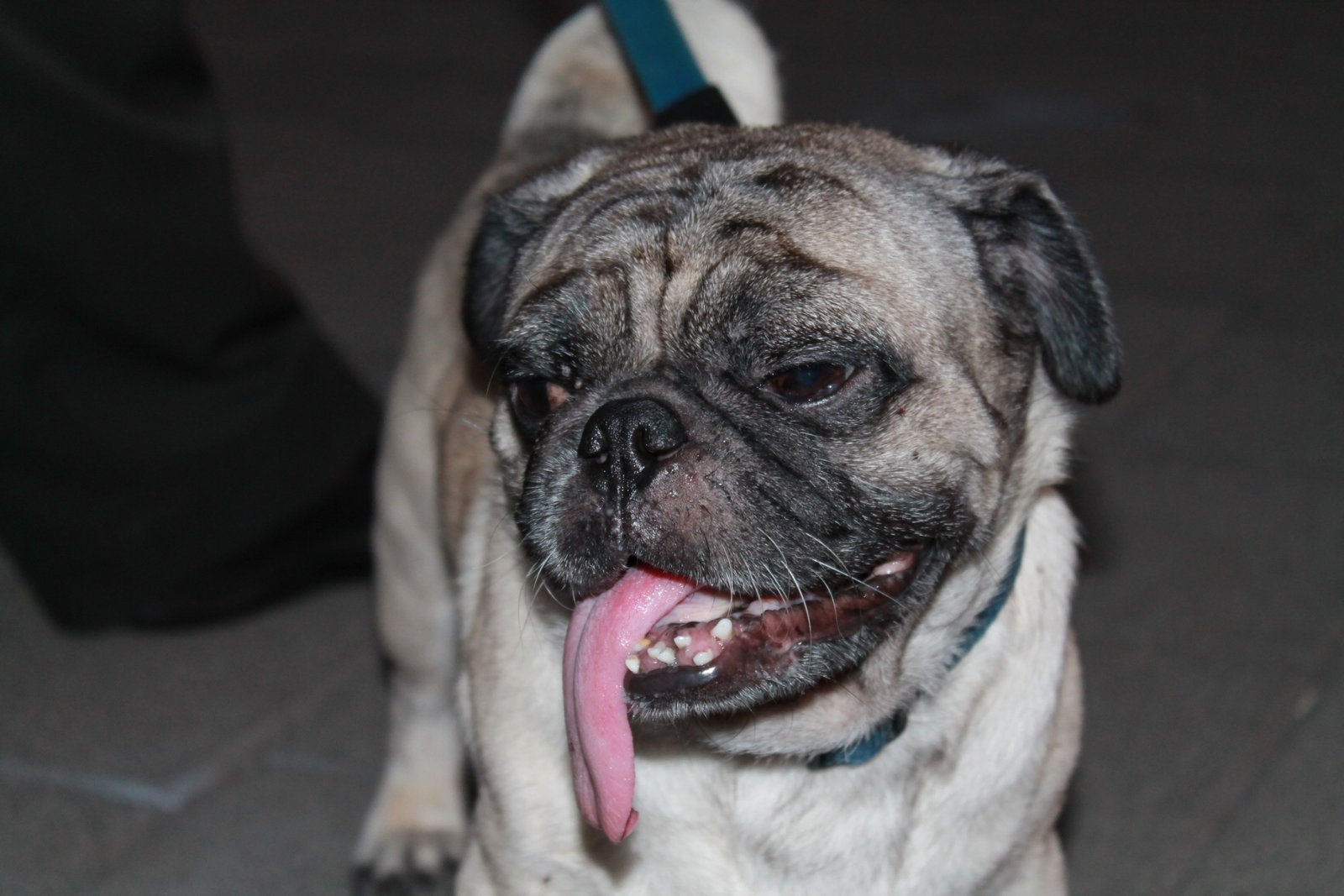
French Bulldogs, Pugs, Bulldogs, and other short-nosed breeds bring a stacked deck into summer. Shortened skulls can narrow nasal passages, elongate soft palates, and compress the airway, turning every breath into a compromise. In cool weather they manage; in heat and humidity, the airflow bottleneck blunts evaporation at the exact moment they need it most. Even calm activities – climbing stairs, short fetch sessions, excited greetings – can push them toward a cliff.
These dogs are also enthusiastic pleasers, which hides distress until it’s advanced. Owners sometimes mistake loud snorts and dramatic panting for charming breed quirks when they’re actually red flags. Preventive steps – weight control, airway evaluations with a veterinarian, and brutally conservative exercise windows – aren’t optional; they’re life-extending. If summers are a marathon, brachycephalics start several miles behind.
Size, Coat, and Color: The Surprising Variables

Large, muscular breeds carry more internal heat and can overheat quickly during exertion, while lean, barrel-chested runners offload heat more efficiently in motion. Dark coats absorb solar radiation faster, making midday sun feel like a low-grade fever on the back. Thick double coats trap air and can paradoxically buffer against radiant heat, but they also slow heat release once the dog is hot. Shaving double-coated dogs often backfires by removing that insulating layer and exposing skin to sun; grooming for airflow and removing undercoat seasonally is smarter.
Coat isn’t destiny, though. A lightweight, pale-coated sighthound can still topple in humid, windless conditions where evaporation stalls. Conversely, a fluffy northern breed may cope better than expected in dry, shady, breezy settings with careful pacing and hydration. Context – time of day, wind, shade, humidity – reshapes the risk landscape as much as genetics.
Humidity vs. Dry Heat: Why the Air Itself Matters
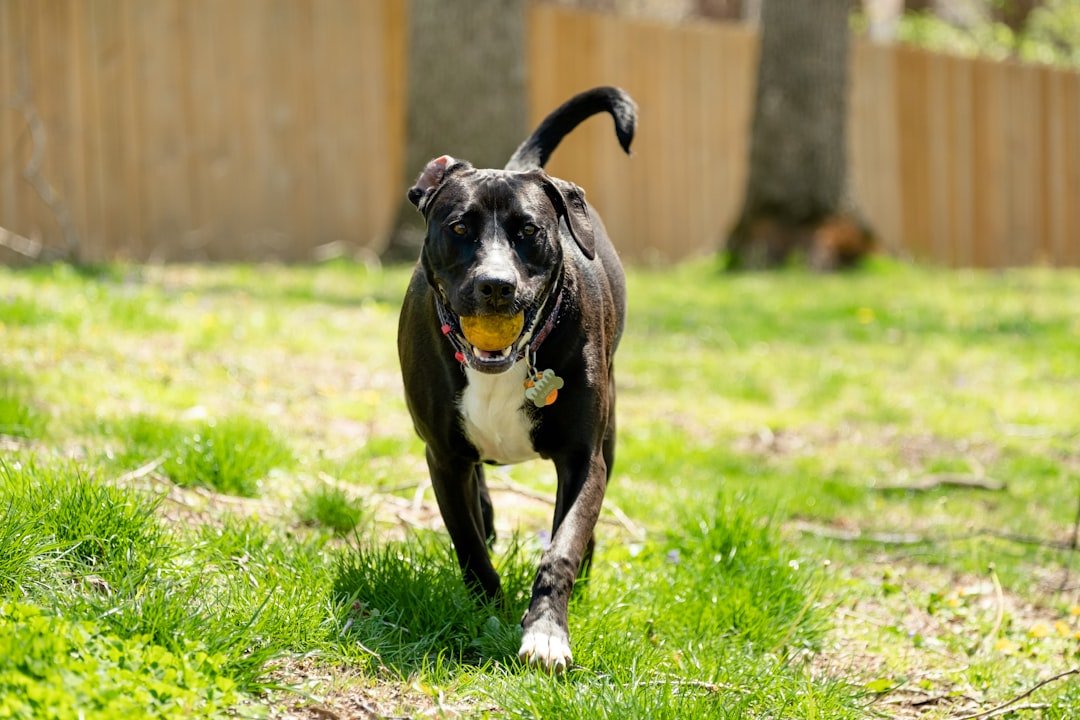
Dry desert heat can feel punishing to us, but dogs often cope better there than in a swampy summer afternoon. When the dew point climbs, each pant strips away less heat, turning the mouth into a recirculating sauna. That’s why an overcast, moderately warm, saturated day can be more dangerous than a brighter, hotter one with wind. Add a blacktop surface that radiates heat upward and it becomes a three-dimensional furnace.
Measuring humidity or dew point alongside air temperature gives a truer danger index than temperature alone. If the air feels like a wet blanket to you, assume your dog’s cooling system is already compromised. On such days, slow the pace, shorten outings, and seek airflow like it’s medicine. It is, in effect, exactly that.
Early Warning Signs Owners Miss
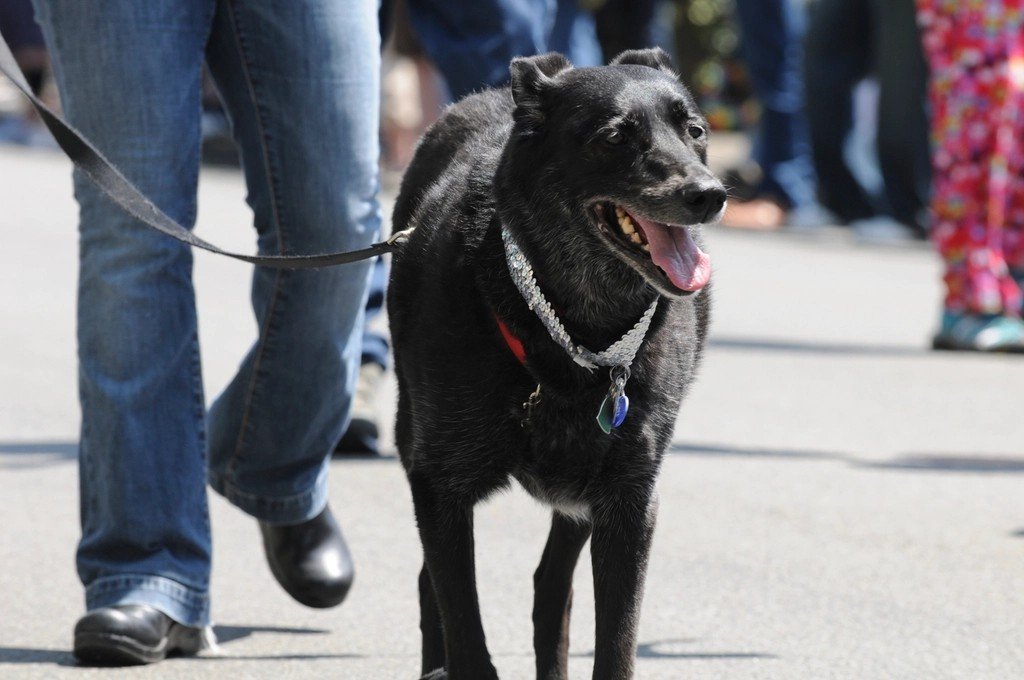
Heat stress doesn’t arrive with a siren; it whispers. Watch for a sudden drop in responsiveness, lagging behind, or a sit-down strike during a familiar route. Panting that turns loud, shallow, or oddly rapid, paired with bright red or pale gums, should stop a walk on the spot. Vomiting, diarrhea, or wobbling are late signs; collapse and seizures are emergencies by definition.
If trouble starts, move to shade or air-conditioning, wet the body with cool (not icy) water focusing on belly, groin, and paws, and use airflow. Offer small sips of water and call a veterinarian while cooling – overcooling or force-drinking are risky. Do not delay transport if the dog isn’t improving within minutes. The window for good outcomes is shorter than most people realize.
From Ancient Tools to Modern Science
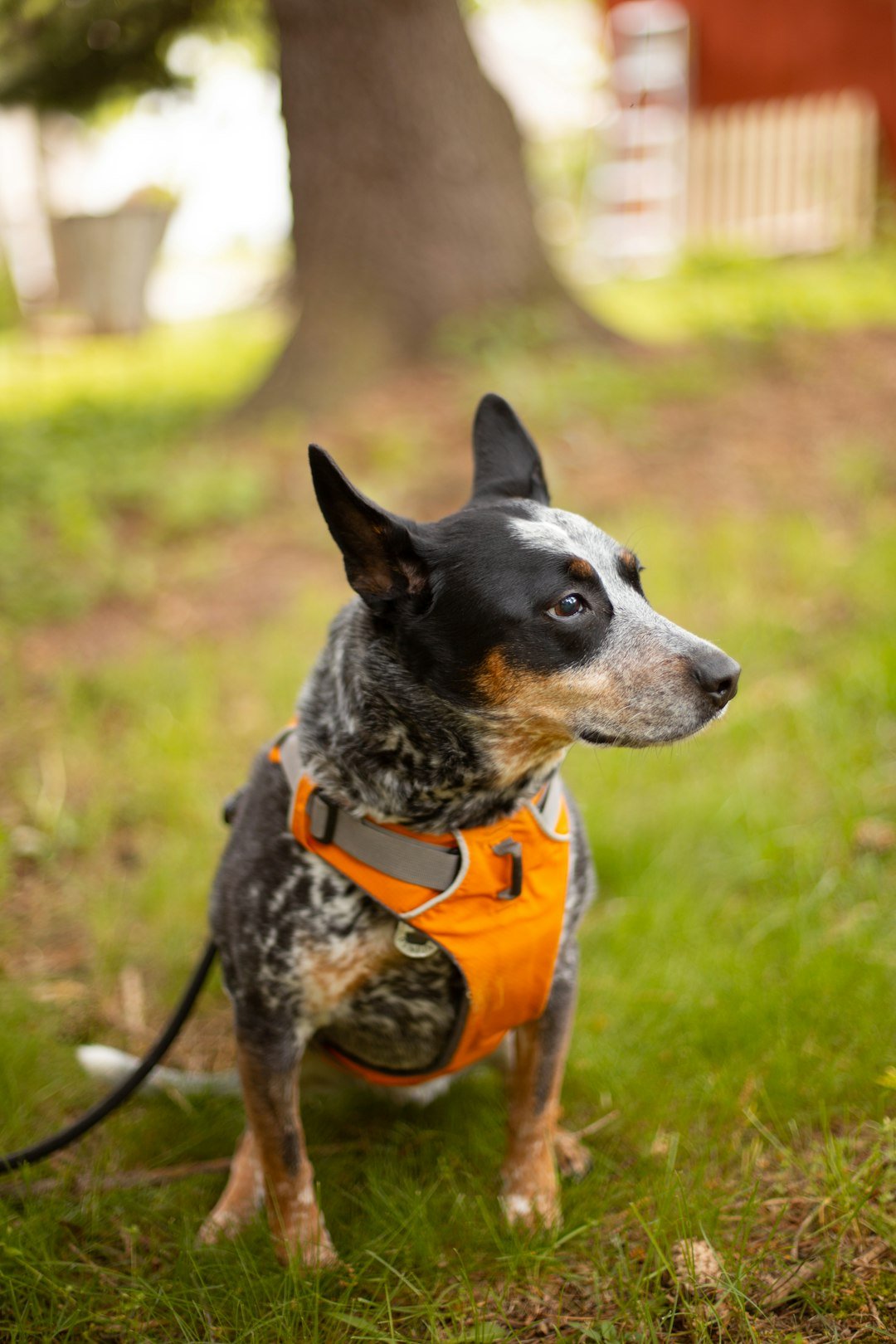
For centuries, handlers read heat risk by sky, wind, and animal behavior; now, sensors can quantify what intuition sensed. Collar-mounted accelerometers and heart-rate trackers reveal overexertion spikes before visible distress. Thermal cameras show hot zones along ears and flanks, mapping how heat migrates during work and recovery. Even consumer weather apps that display dew point and wind can act like a personal heat coach for daily routines.
Working-dog teams increasingly train with heat-safety playbooks that mimic athletic protocols: acclimatization schedules, hydration planning, and enforced rest intervals. Similar strategies translate to pet life with surprising ease. A five-day ramp-up after a cool spell, for example, prevents early-season mishaps that feel inexplicable without data. The more we measure, the less we gamble.
Global Perspectives

Urban heat islands turn dog walks into heat experiments, with shaded parks offering a tenable microclimate and sunlit streets acting like gridded ovens. In hot, humid regions, dawn-and-dusk routines are cultural wisdom, not a trend, and dogs thrive when owners respect those rhythms. Rural working dogs in arid climates manage longer hours because airflow is abundant and humidity low, yet they still falter on windless days. Coastal cities face a different math, where sea-borne humidity cancels the benefit of moderate temperatures.
Policy and design matter, too. Tree canopies, water stations on trails, and dog-friendly cooling shelters during heat advisories reduce emergency cases. Breeder education and consumer demand can nudge selection toward wider nostrils, better airway structure, and sounder body condition. The geography of heat risk is as much about human choices as it is about latitude.
Why It Matters
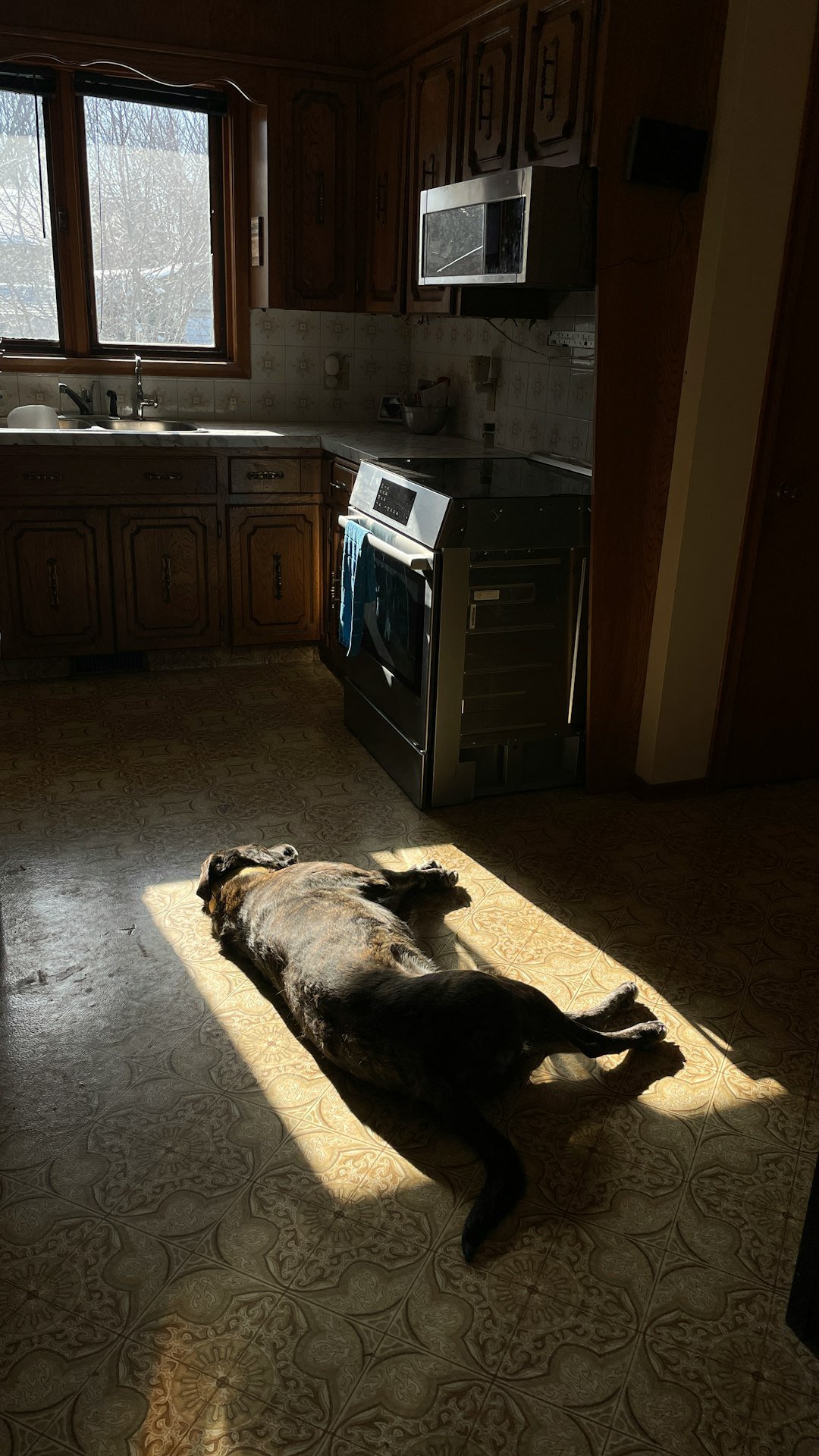
Heat injury isn’t just a seasonal inconvenience; it’s a welfare issue with cascading costs and long-term health consequences. Organs don’t forget extreme temperatures, and repeated near-misses can leave scars you can’t see. Old advice – water bowl, a bit of shade, soldier on – belongs to a cooler climate and a different urban landscape. Today, the combination of higher humidity, radiant surfaces, and popular short-nosed breeds makes that playbook outdated.
Science gives us leverage: understand evaporation, manage exertion, and prioritize airflow. Compared with past rules of thumb, data-driven routines cut risk without stealing joy from a dog’s life. This isn’t about fear; it’s about precision. Once you reframe summer as a performance environment, you start coaching, not guessing.
The Future Landscape
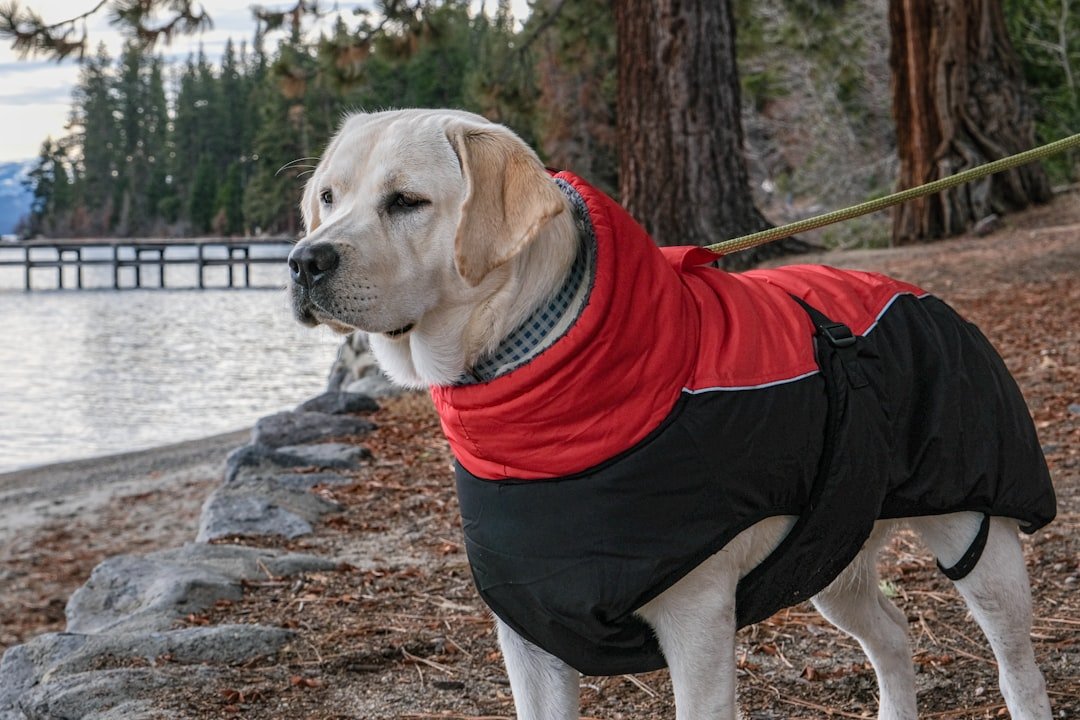
Expect smarter collars that blend temperature, humidity, heart rate, and movement into simple go-or-no-go alerts. Fabrics are evolving, too, with evaporative cooling vests and reflective capes that actually work when paired with airflow. Veterinary medicine may push for airway screenings and corrective surgeries earlier in life for at-risk breeds, shifting heat safety from reactive to preventive. Urban design that treats shade and wind corridors as infrastructure could quietly save countless canine lives.
The hardest challenges are cultural: redefining “a good walk,” resisting mid-day errands-with-dog, and rethinking which breeds fit hot, humid cities. Clear labeling on breed risk, much like athlete heat guidelines, would help owners make informed choices. If summers keep stretching, adaptation will look less like sacrifice and more like savvy stewardship. That’s a future dogs can feel at ground level.
What You Can Do Today
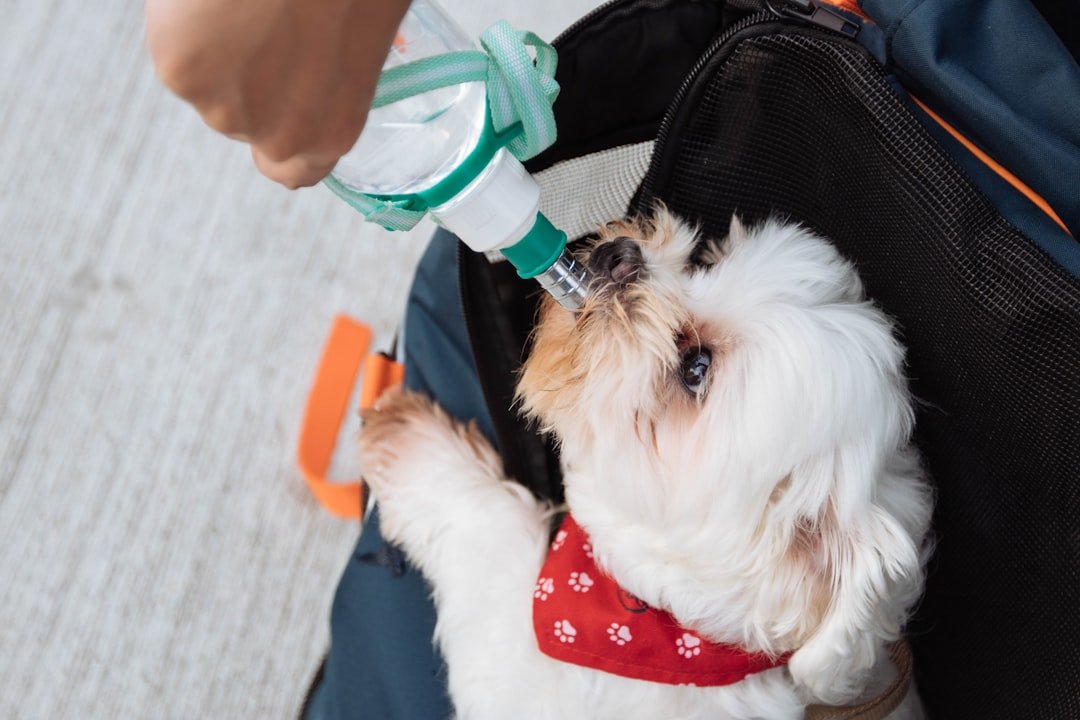
Make a heat plan the way runners do: pick cooler hours, map breezy routes, and set a personal dew point cutoff. Carry water for dog and human, and practice short rest-and-cool intervals even when your dog seems eager to keep going. Choose surfaces wisely – shade and grass beat blacktop – then check paws and pant rhythm like vital signs. Keep body weight lean and conditioning gradual; fitness protects, but only when it’s built thoughtfully.
If your dog is short-nosed or heavy-bodied, treat hot, humid days like red-flag days and keep outings brief and calm. Use fans or cross-breezes whenever you can, including in the car before loading the dog. After activity, continue light cooling for several minutes, because internal heat lingers after the panting quiets. And if something feels off, stop – dogs don’t fake discomfort, and you’re the one who chooses the weather they live in.

Suhail Ahmed is a passionate digital professional and nature enthusiast with over 8 years of experience in content strategy, SEO, web development, and digital operations. Alongside his freelance journey, Suhail actively contributes to nature and wildlife platforms like Discover Wildlife, where he channels his curiosity for the planet into engaging, educational storytelling.
With a strong background in managing digital ecosystems — from ecommerce stores and WordPress websites to social media and automation — Suhail merges technical precision with creative insight. His content reflects a rare balance: SEO-friendly yet deeply human, data-informed yet emotionally resonant.
Driven by a love for discovery and storytelling, Suhail believes in using digital platforms to amplify causes that matter — especially those protecting Earth’s biodiversity and inspiring sustainable living. Whether he’s managing online projects or crafting wildlife content, his goal remains the same: to inform, inspire, and leave a positive digital footprint.

